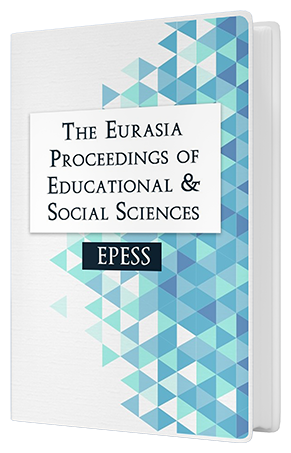THE EXAMPLES OF PHYSICS CONCEPTS FORMATION BY THE USE OF KWL STRATEGY
Keywords:
Concept formation, KWL strategy, learning strategy, physicsAbstract
The goal of teaching should be to assist the students in creating a full understanding of a concept. A student who has formed a concept, knows more than just the definition of a term. Concept formation is deep conceptual learning rather than superficial knowledge of a vocabulary word. The goal of every learning strategy is to enable concept formation. The KWL strategy is initially developed as an instructional learning strategy that is used to guide students through a text; therefore it is rarely applied in teaching physics and science in general. The KWL strategy consists of: (1) accessing previous knowledge, (2) determining what one wants to know and (3) recalling what is learned. This strategy is designed in a form of a KWL chart with three columns as an organizing instrument: (K) What I Know, (W) What I Want to know and (L) What I Learned? The KWL strategy improves comprehension and helps students in concept formation. It can be very useful in teaching and learning physics, especially when the content should be learned from text. Instruction about implementation of KWL strategy in physics classes and example of its use for formation physics concept force is given in this paper.Downloads
Published
Issue
Section
License
Copyright (c) 2016 The Eurasia Proceedings of Educational and Social Sciences

This work is licensed under a Creative Commons Attribution-NonCommercial-ShareAlike 4.0 International License.
The articles may be used for research, teaching, and private study purposes. Any substantial or systematic reproduction, redistribution, reselling, loan, sub-licensing, systematic supply, or distribution in any form to anyone is expressly forbidden. Authors alone are responsible for the contents of their articles. The journal owns the copyright of the articles. The publisher shall not be liable for any loss, actions, claims, proceedings, demand, or costs or damages whatsoever or howsoever caused arising directly or indirectly in connection with or arising out of the use of the research material. All authors are requested to disclose any actual or potential conflict of interest including any financial, personal or other relationships with other people or organizations regarding the submitted work.




